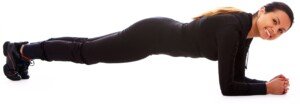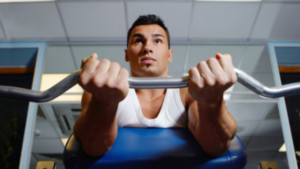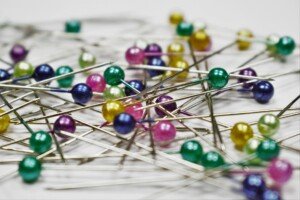Daily exercise is vital for anyone with diabetes, but who wants to exercise if there’s a pins and needles sensation that comes with it?
If you have diabetes and notice that sometimes when you exercise, there comes this uncomfortable feeling – that can be best described as “pins and needles” or “numbness and tingling” – it’s tempting to think the diabetes is causing this.
But it isn’t. A pins and needles sensation, or a numbness and tingling, are caused by a situation involving nerves.
Diabetes, either type 1 or type 2, involve blood sugar. Exercise helps prevent blood sugar (glucose) levels from rising too high.
There’s no reason, then, why diabetes would cause tingling and prickling when you’re working out.
Uncontrolled blood sugar (too high or too low) causes a number of symptoms, but numbness, tingling or prickliness are not among them.
So What’s Going on During Exercise?
“The feeling of ‘pins and needles’ is usually the body’s response to either pinching a nerve or cutting off adequate blood flow to a specific area of the body,” says Sheri Colberg-Ochs, PhD, Professor Emerita, Exercise Science, Old Dominion University, founder of Diabetes Motion, and one of the world’s leading experts on diabetes and exercise.
“Even sitting with your legs crossed for a while can cause one of your legs to feel numb when you uncross them, followed by the pins and needles sensation as normal blood flow and nerve function are restored.
“While less common while exercising, if such sensations occur, try to change the body position that is resulting in such problems to limit them.”
Activities that Can Cause Pins and Needles Whether You Have Diabetes or Not

• Planking
• Yoga
• Preacher biceps curl
• Concentration biceps curl
• Contact sports
• Running
• Cycling
Any exercise or activity that involves prolonged periods of having pressure on a certain part of your body, or the potential to get hit, can result in tingling, needles and numbness.
For instance, the preacher and concentration curl put pressure on the elbow where the ulnar nerve is.

You’re sitting there doing your reps, and as the set progresses, you start feeling numbness at the elbow and maybe tingling doing down the forearm. Do a different kind of biceps curl.
Diabetics who take yoga may find that some positions bring on the weird sensations, but this is due to the position, not the diabetes.
Running and cycling can aggravate a pre-existing (and maybe undiagnosed) sciatic nerve irritation.
This would have no relevancy to blood sugar levels.


 The mission of Diabetes Motion is to provide practical guidance about blood glucose management to active diabetics.
The mission of Diabetes Motion is to provide practical guidance about blood glucose management to active diabetics. 























